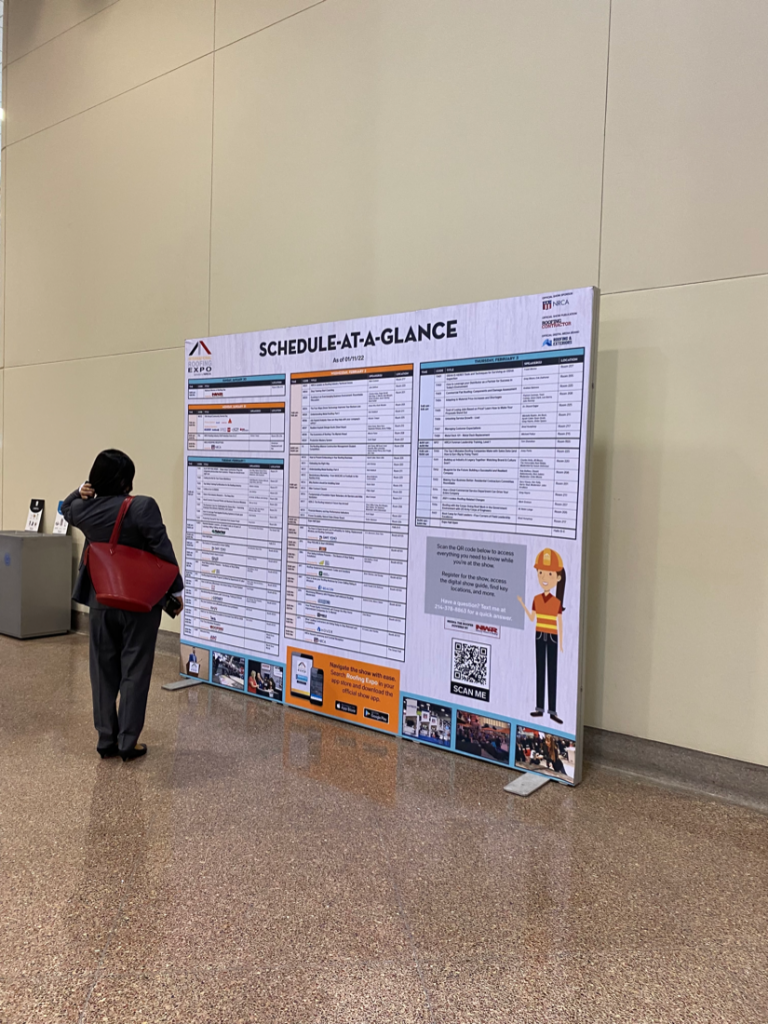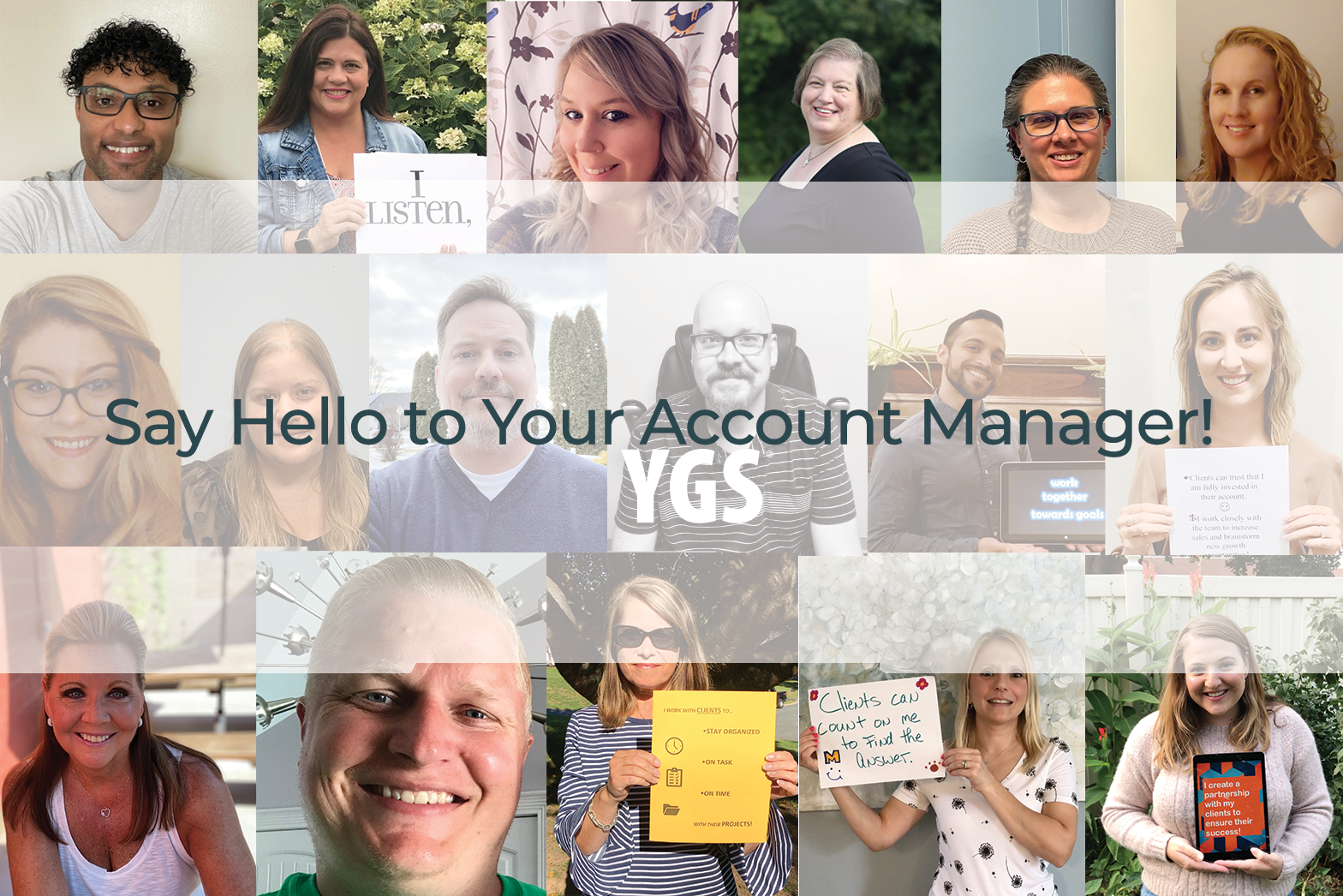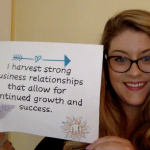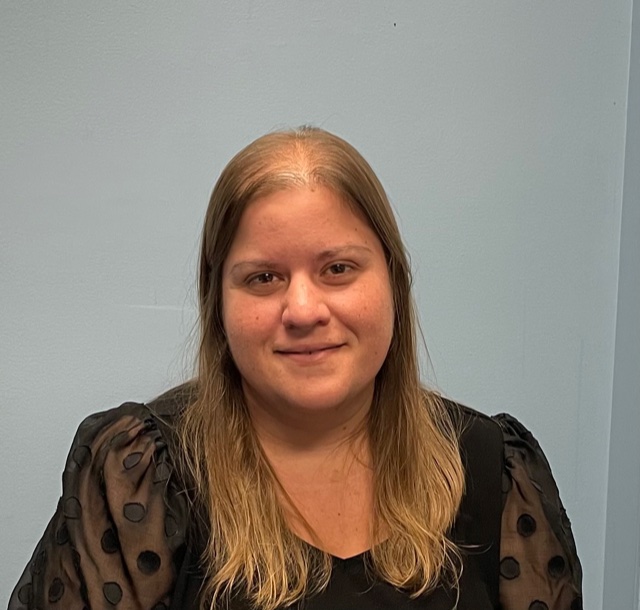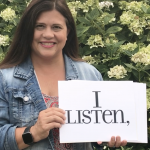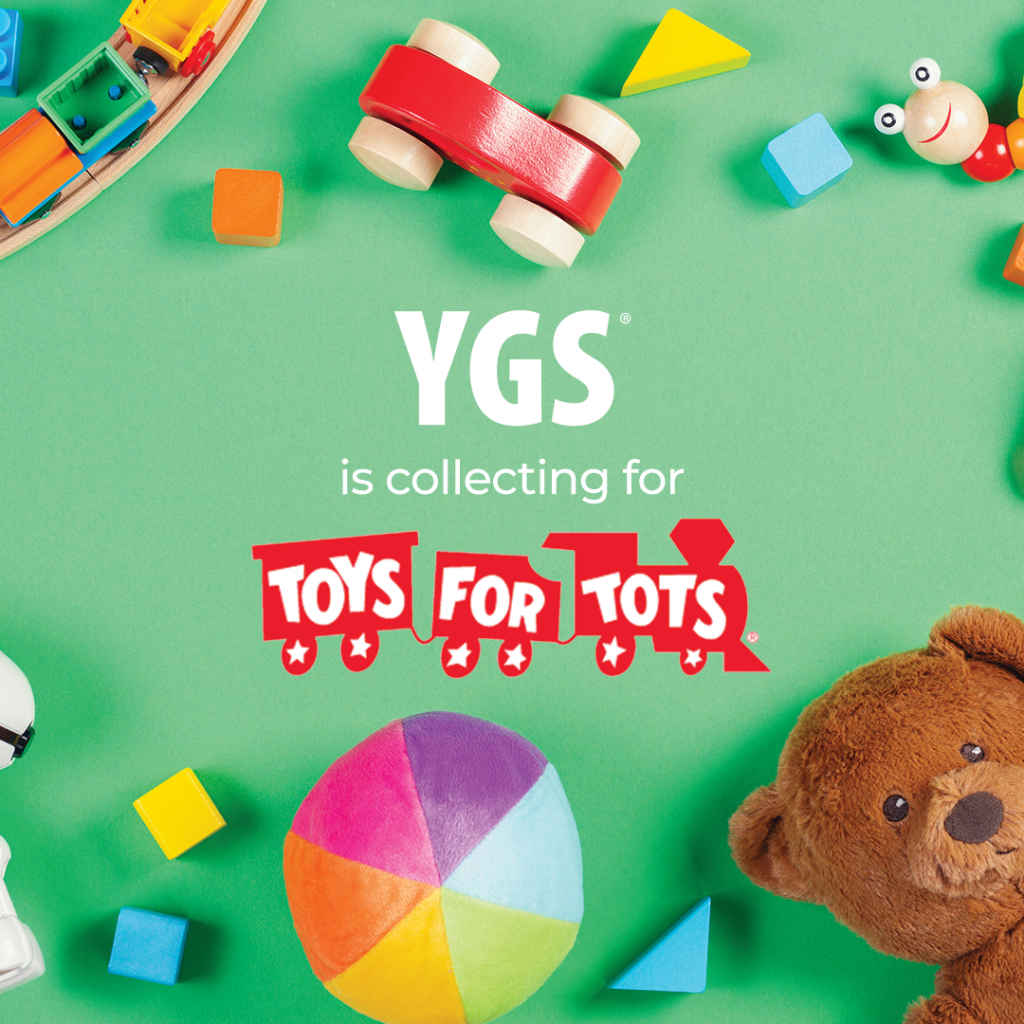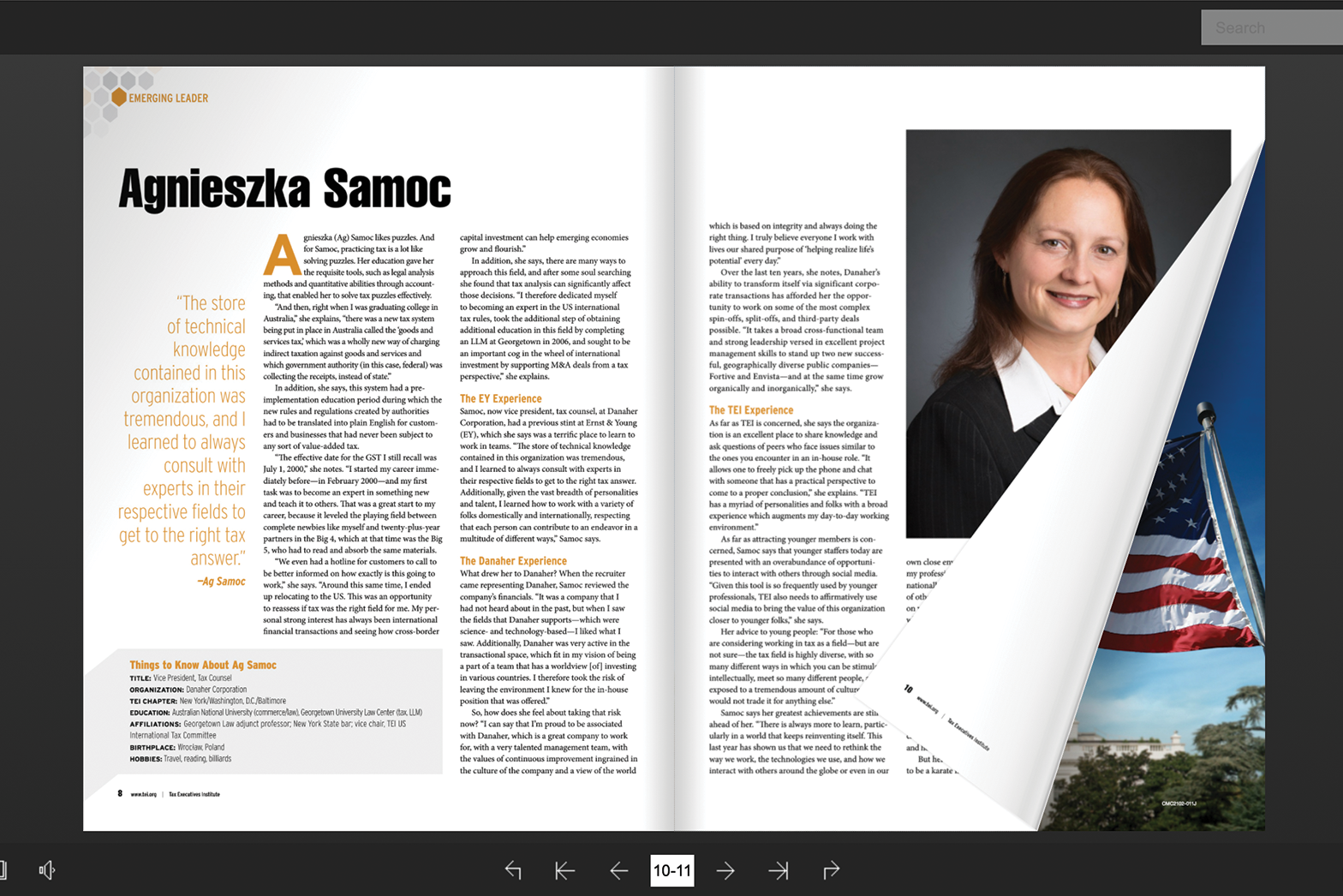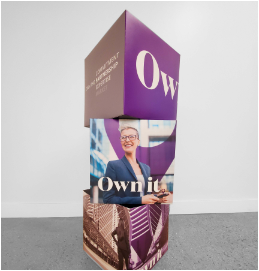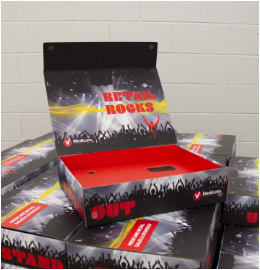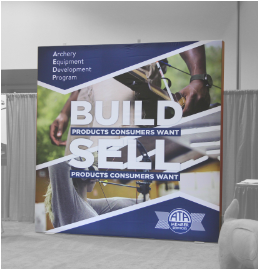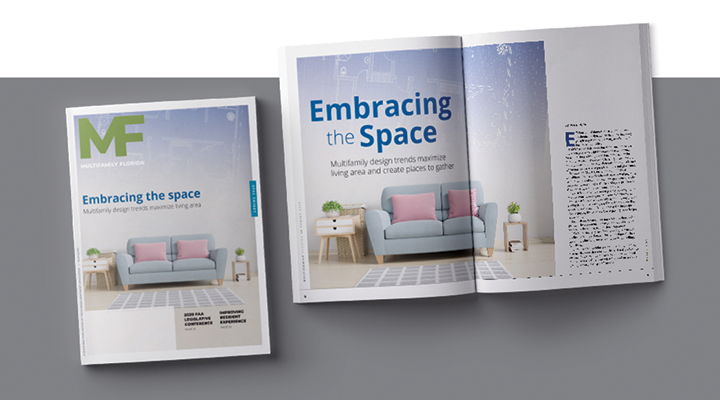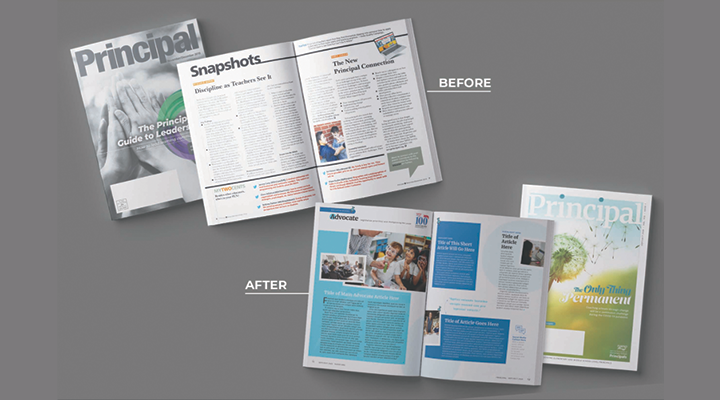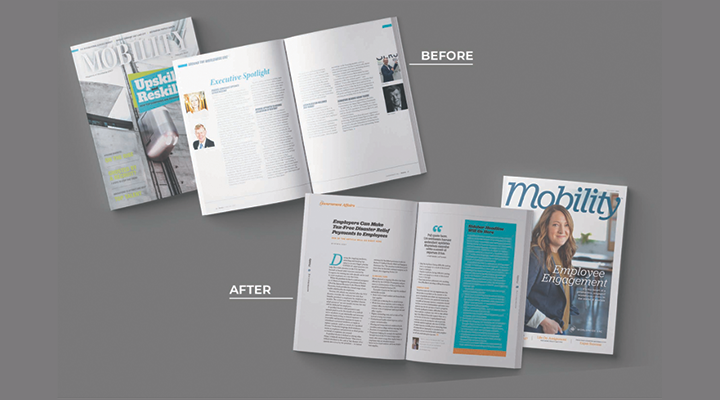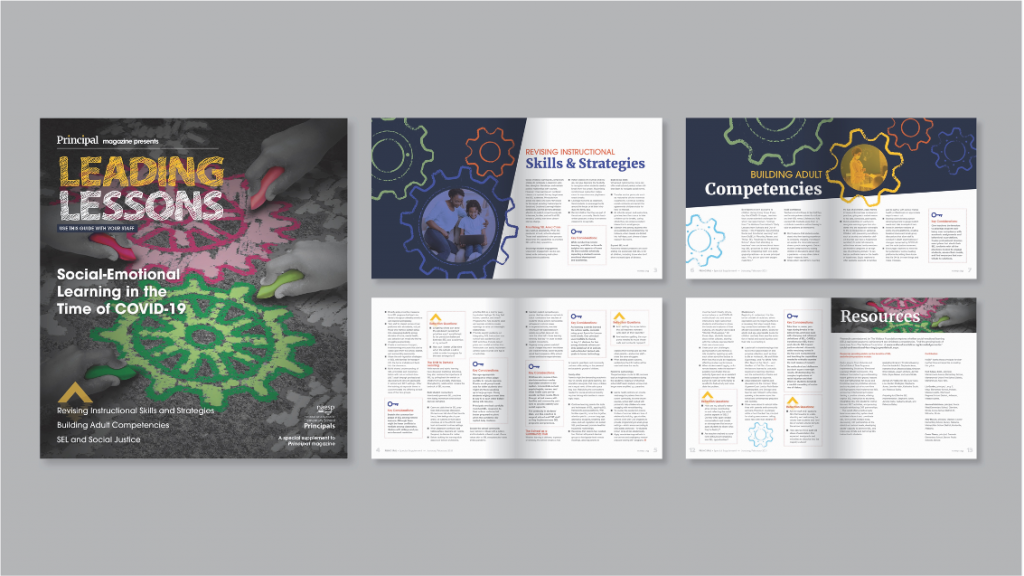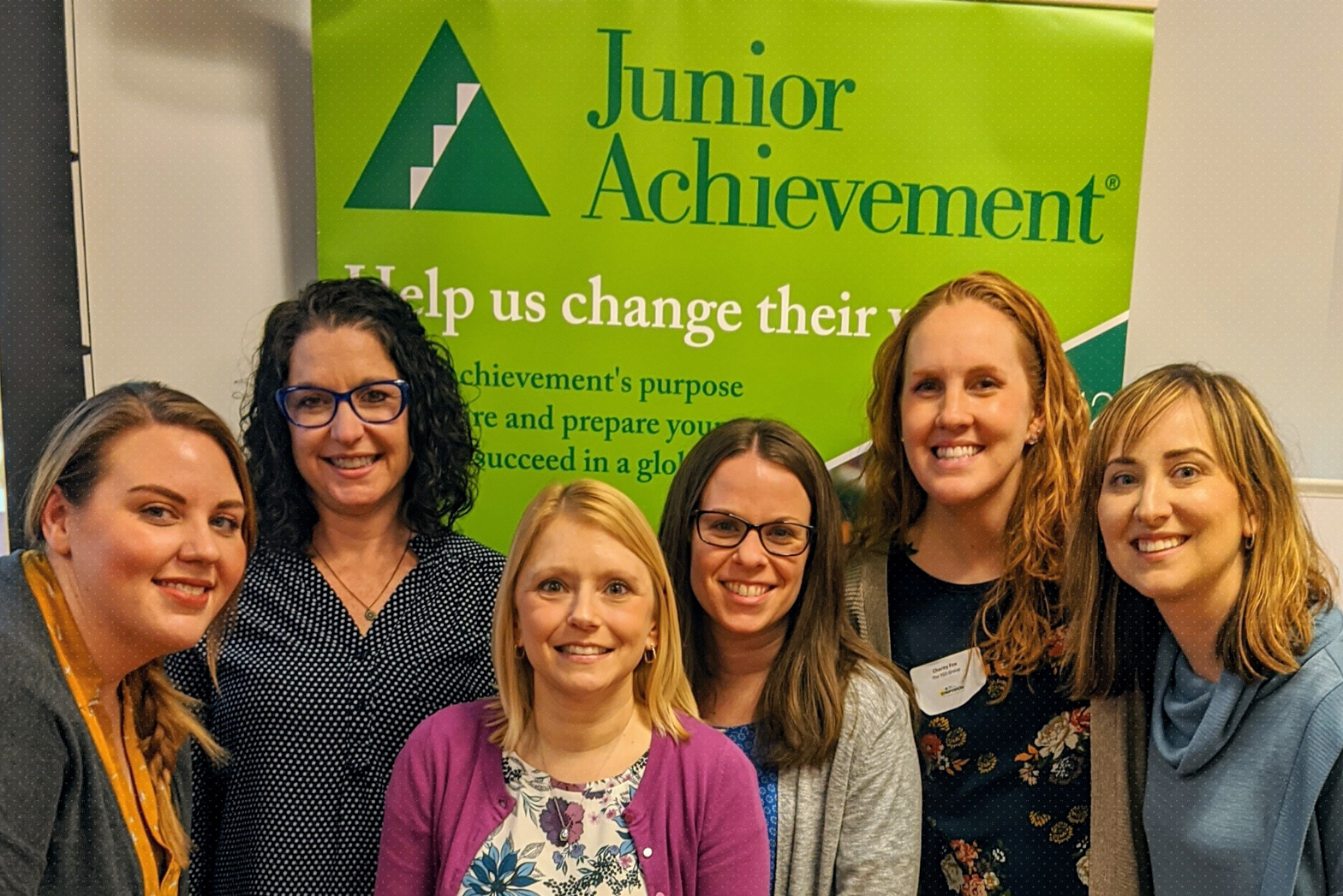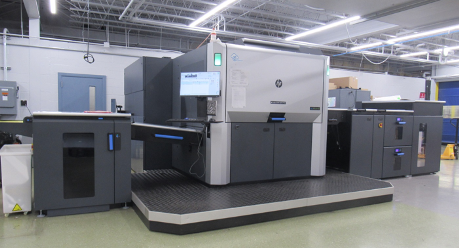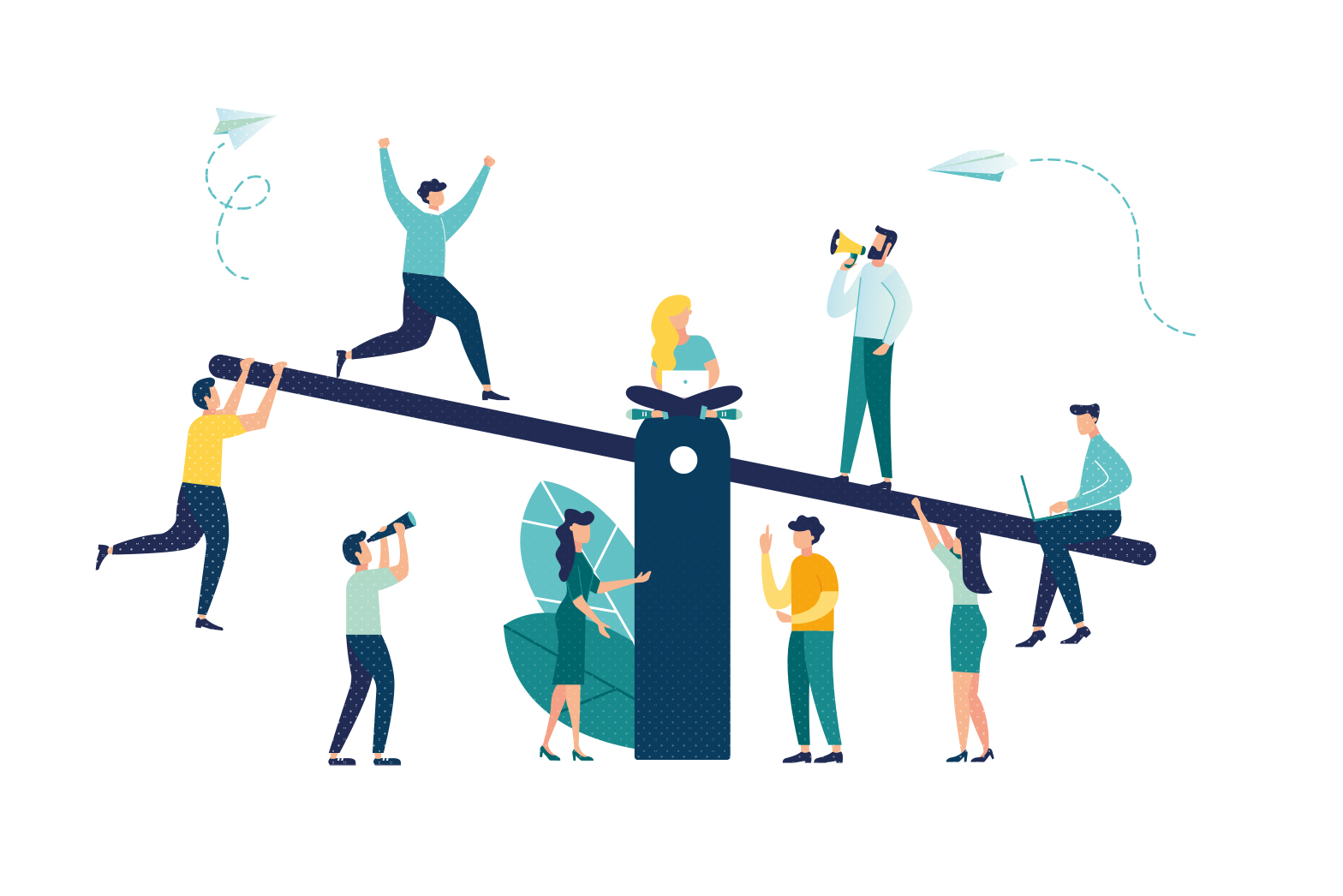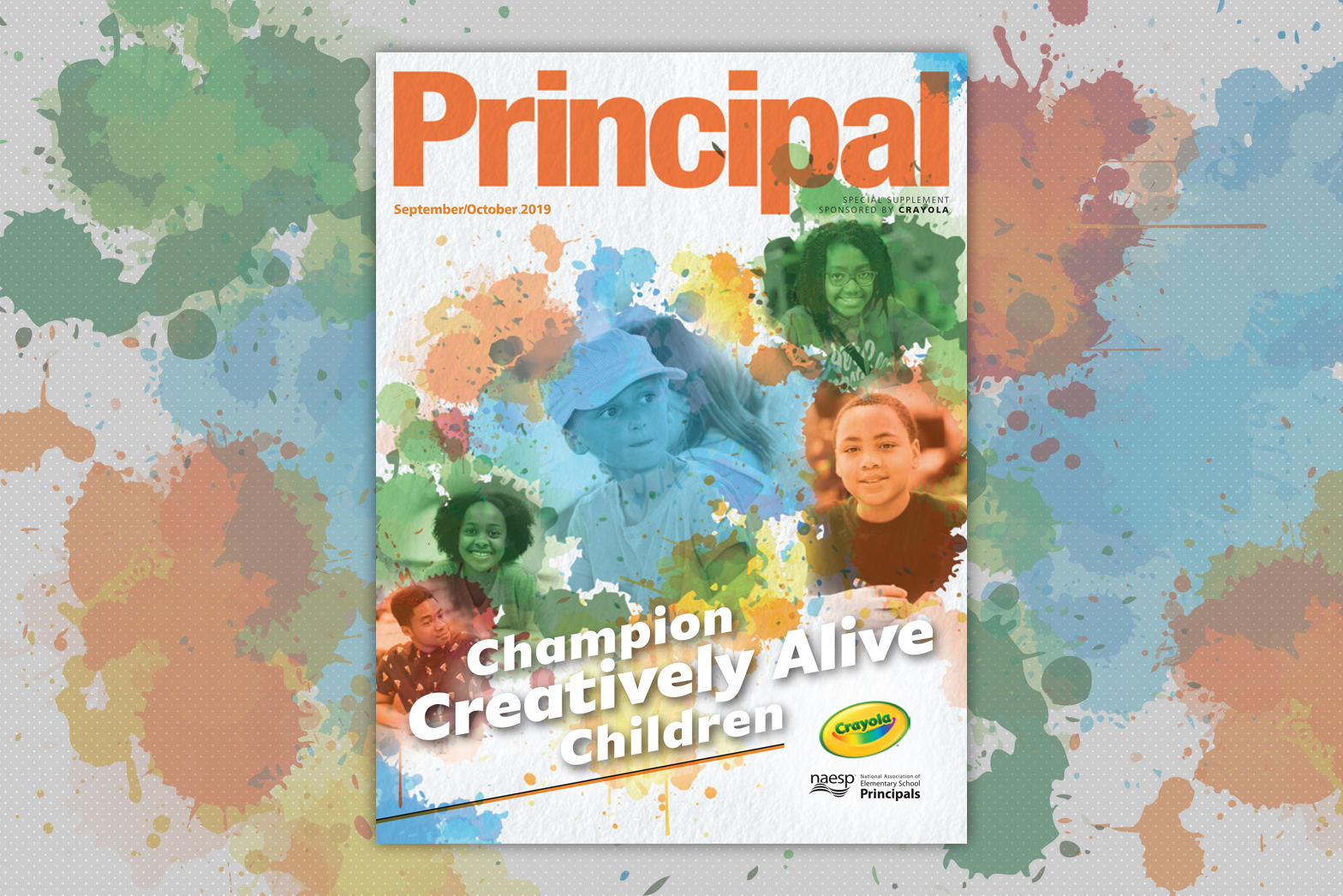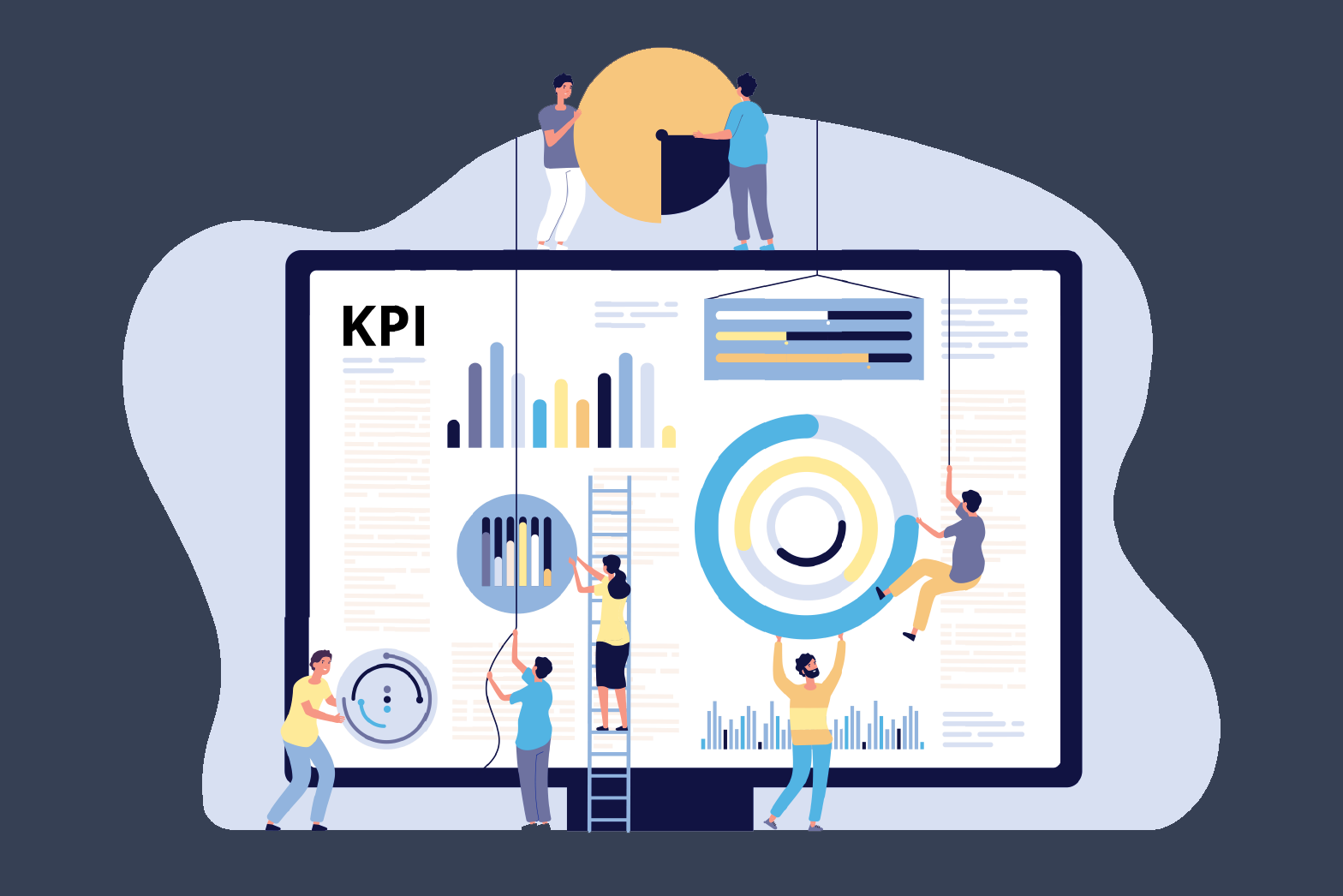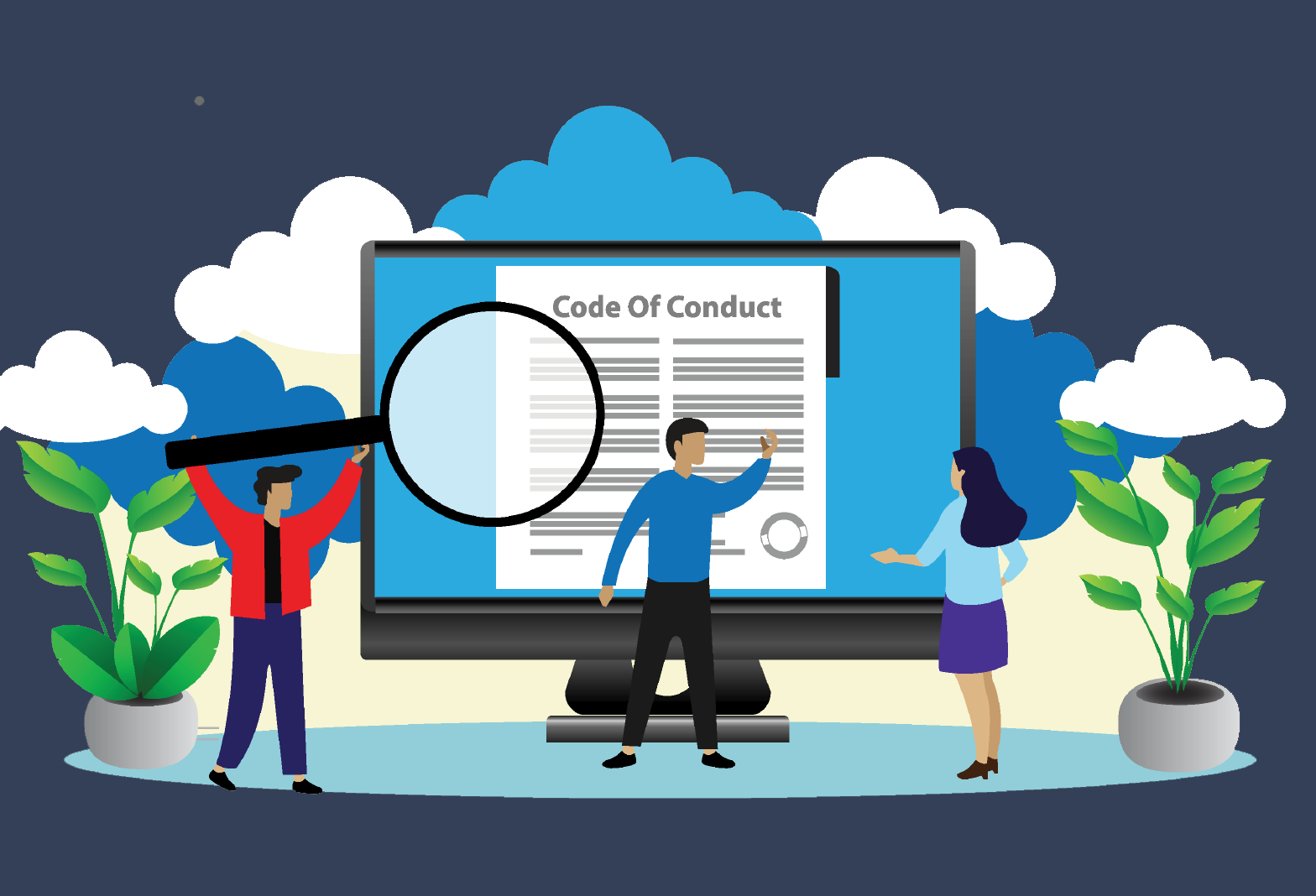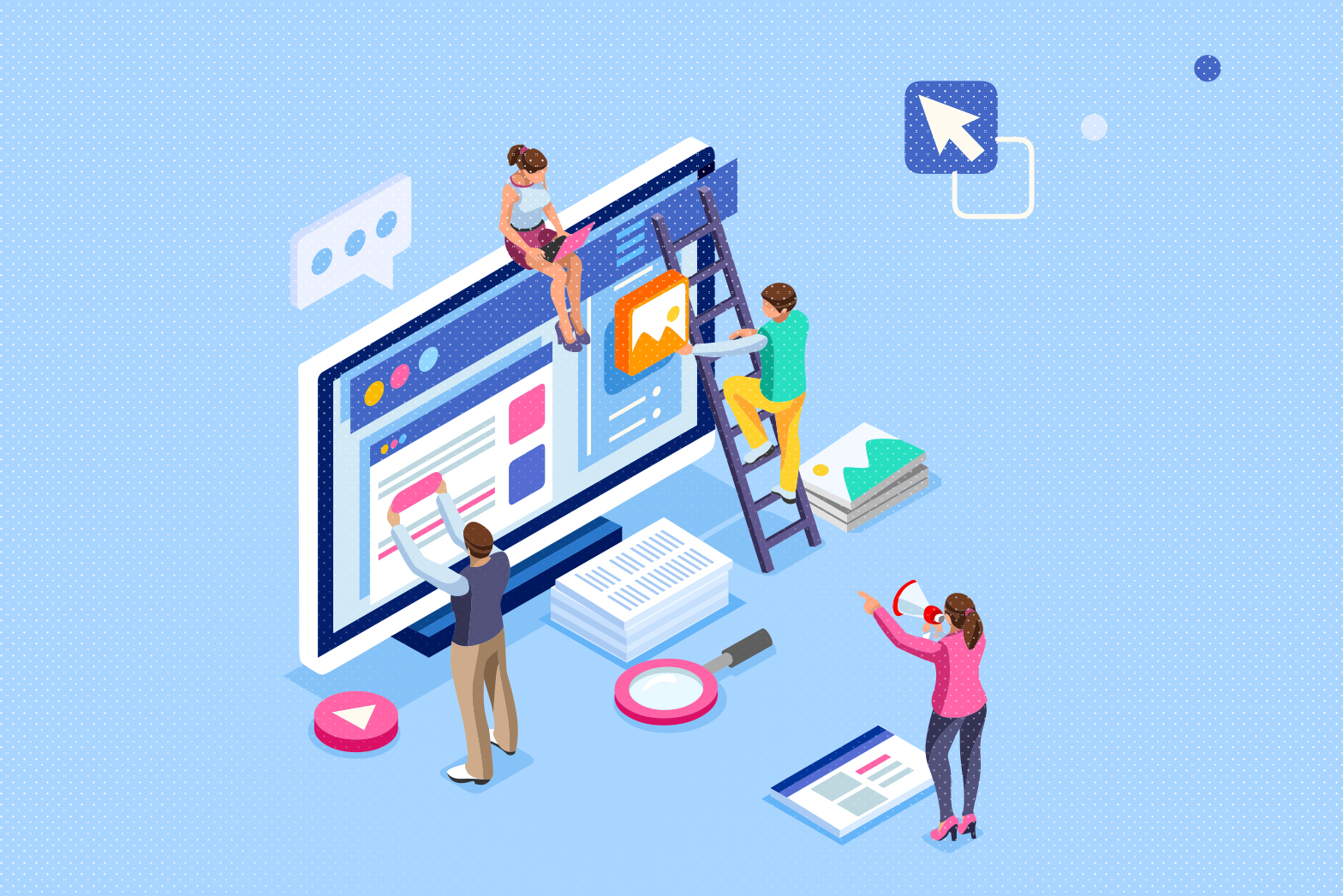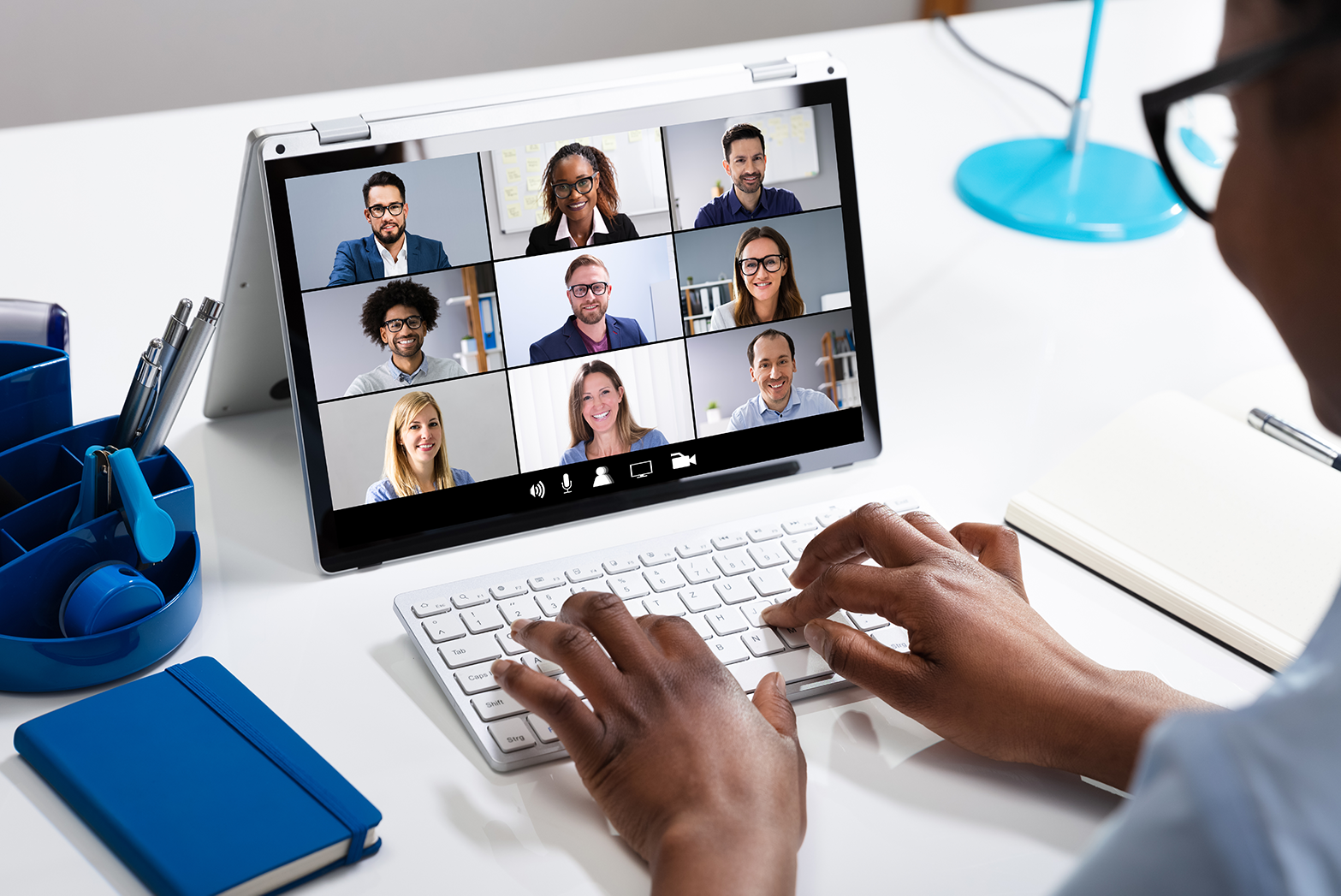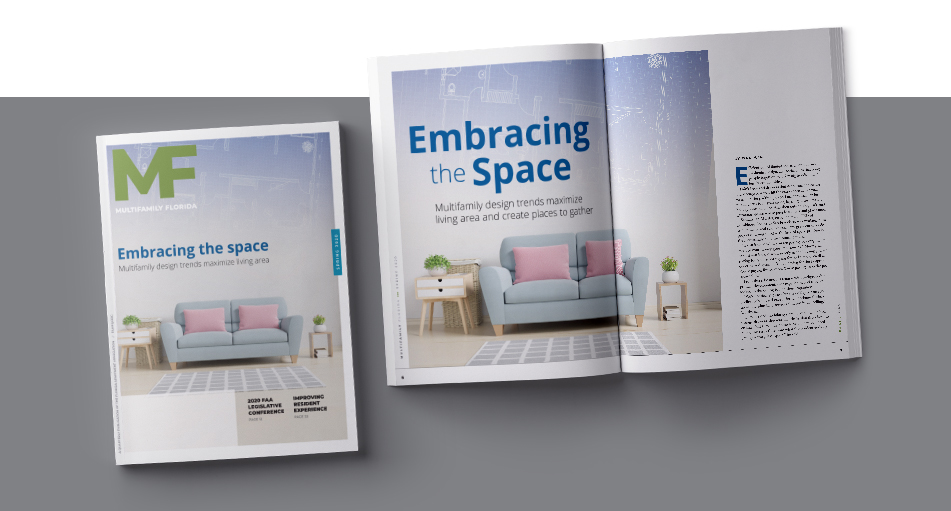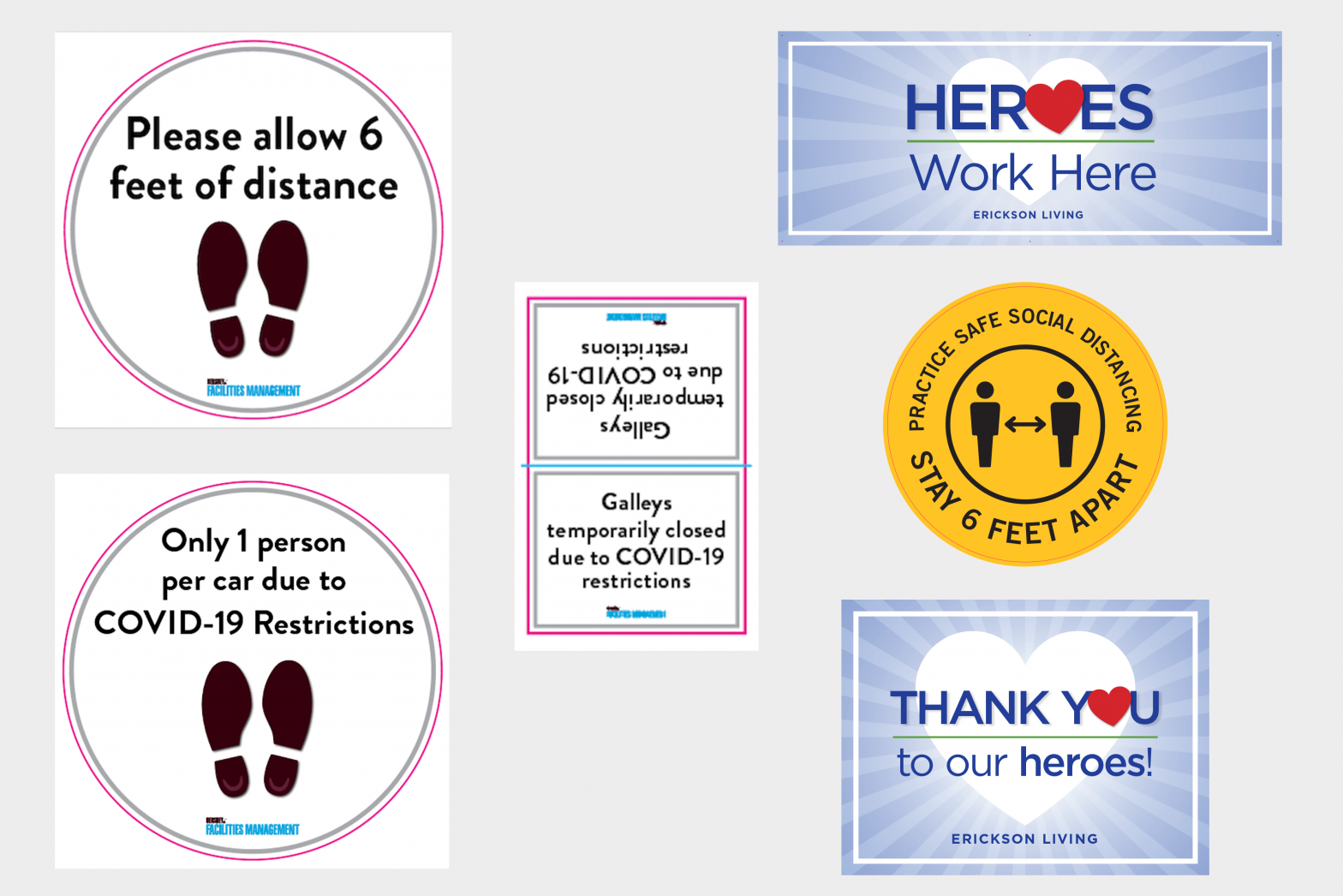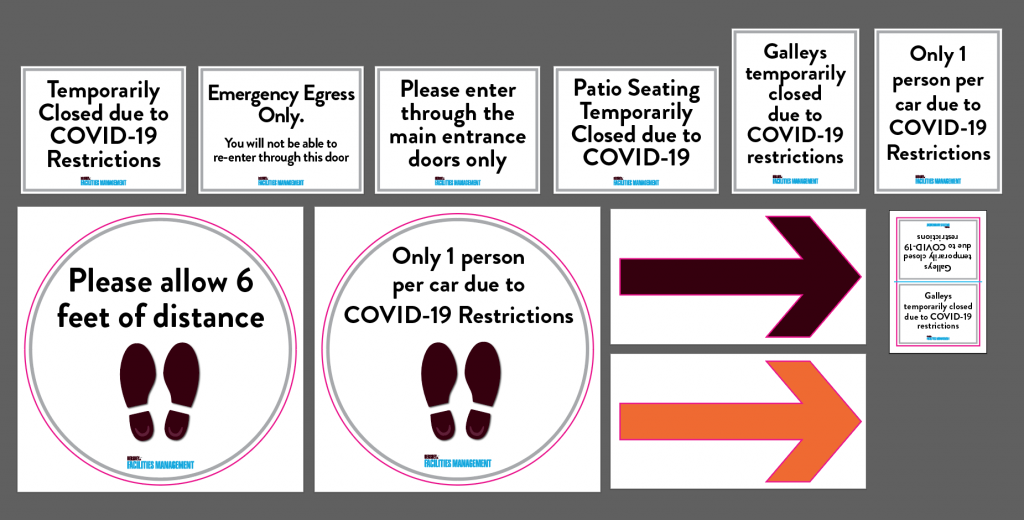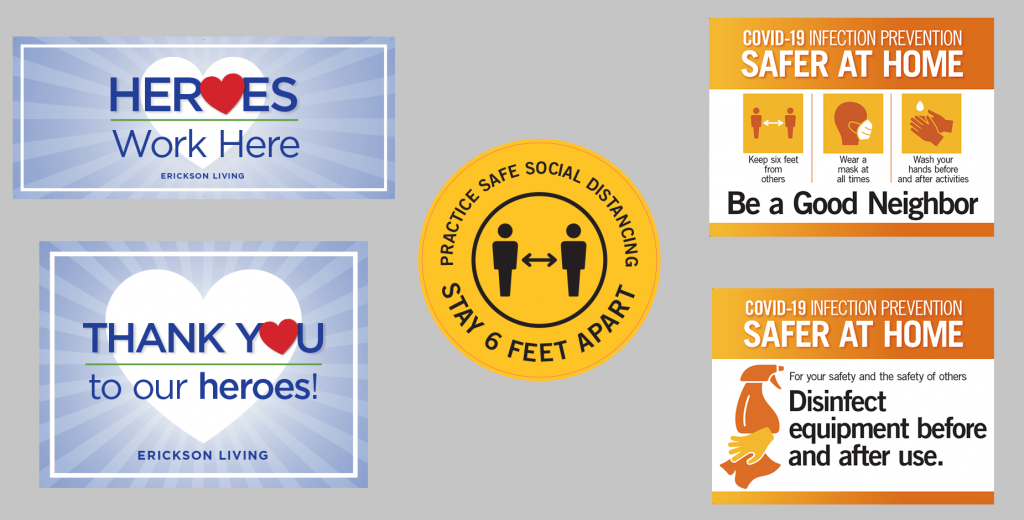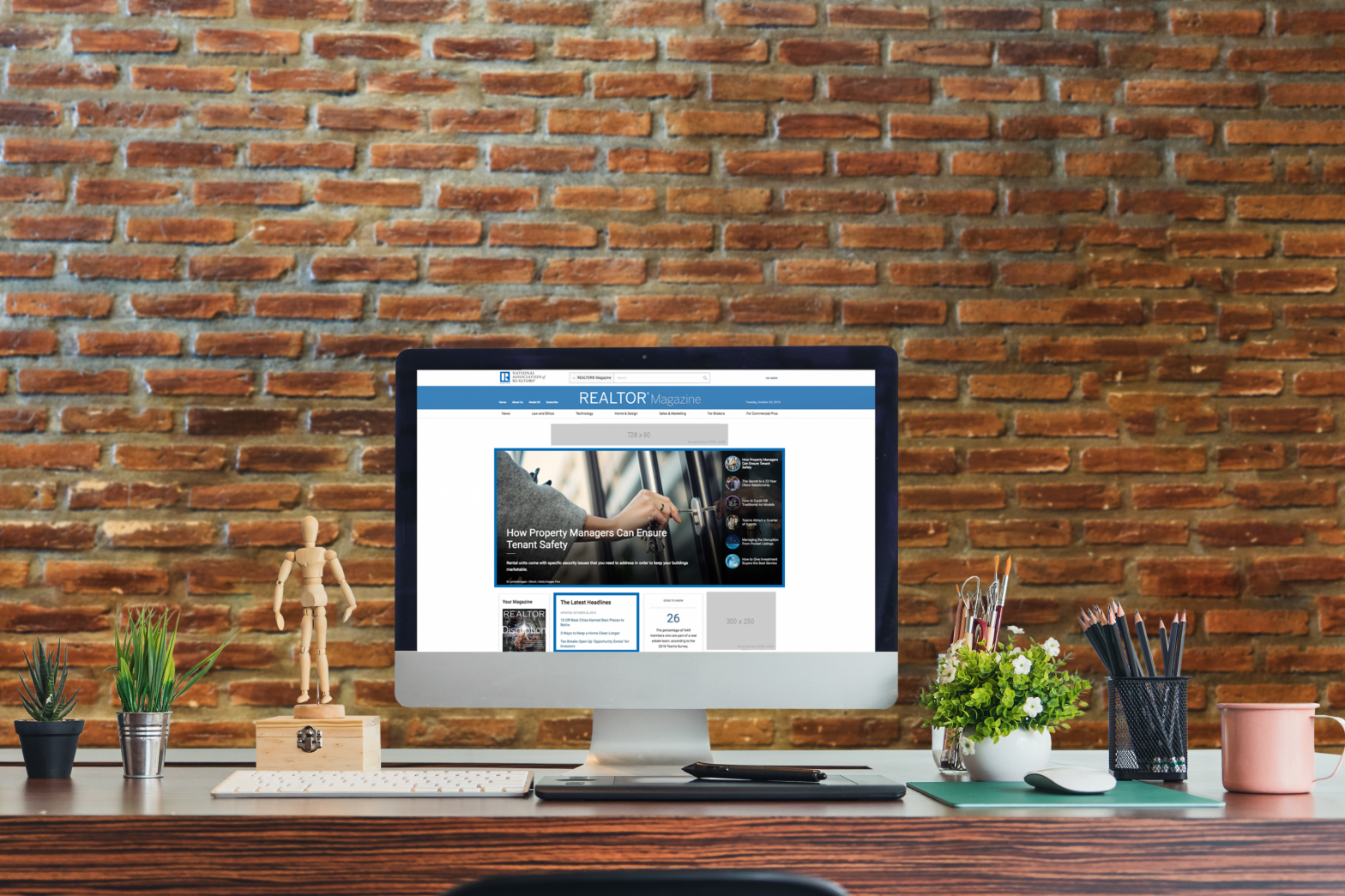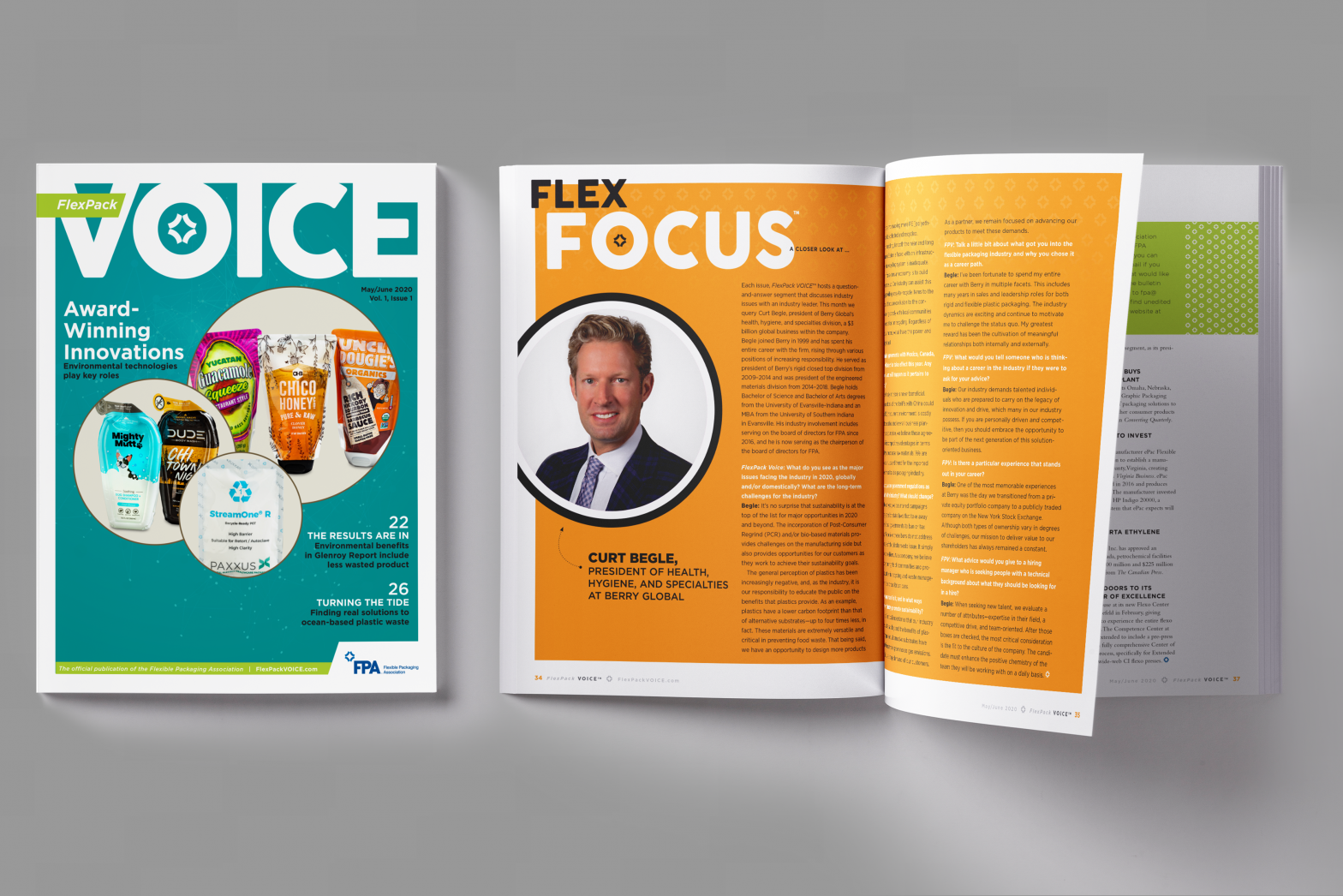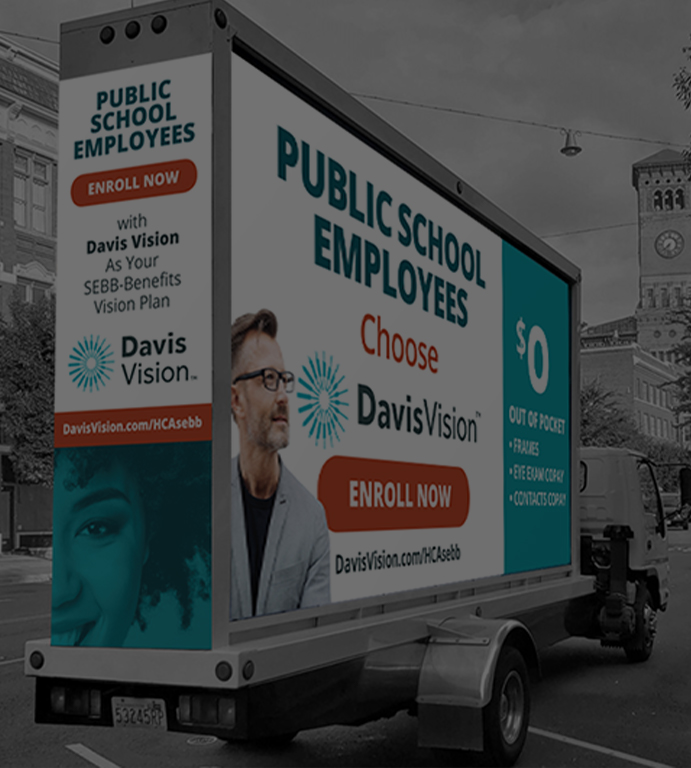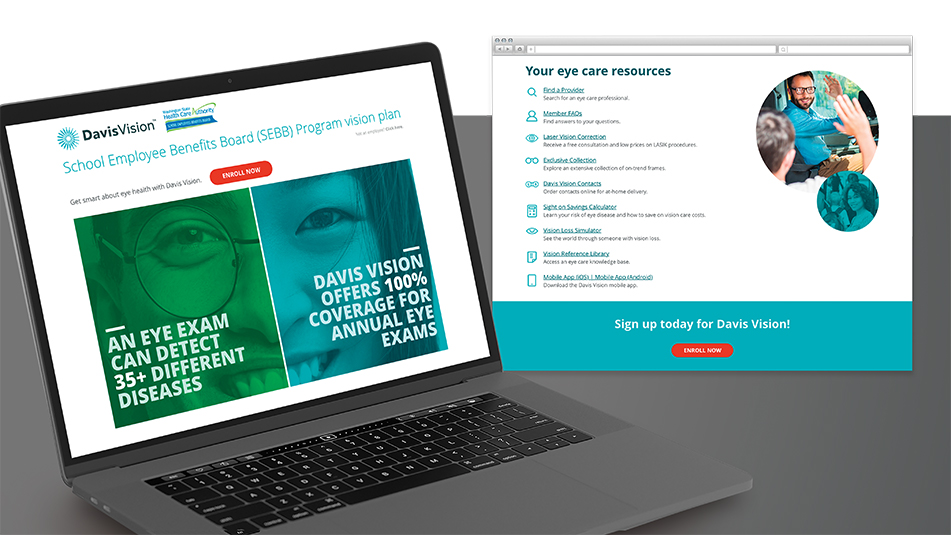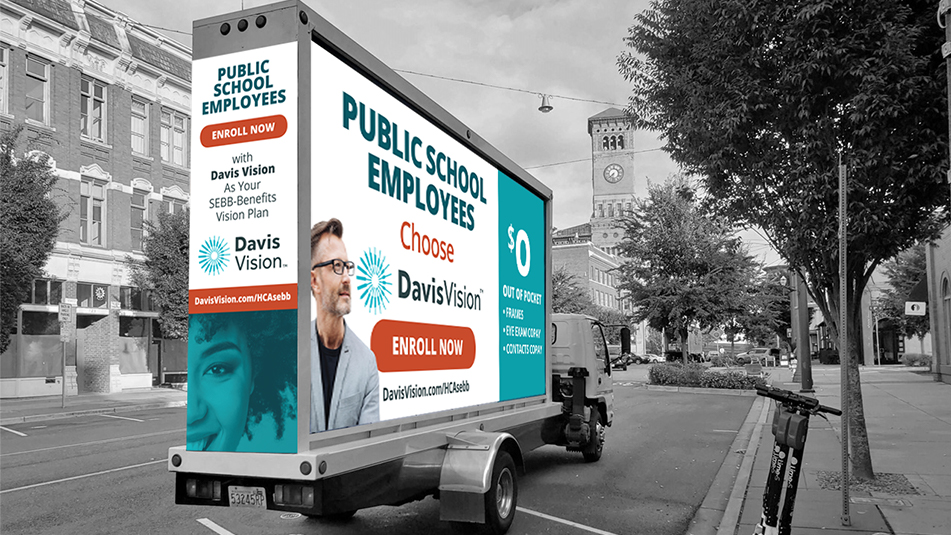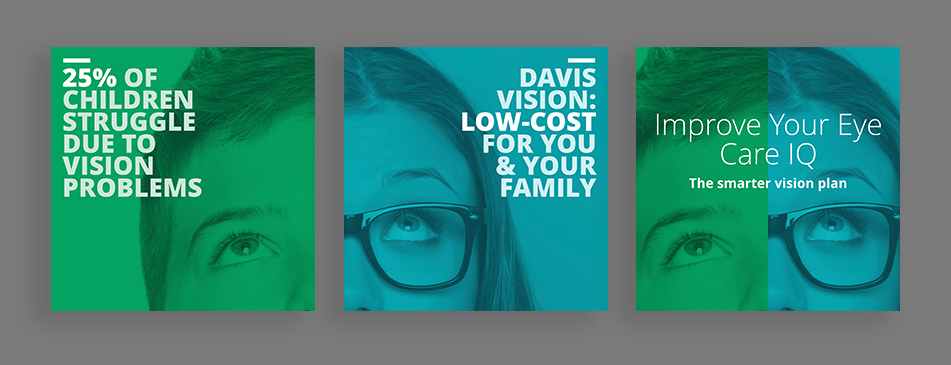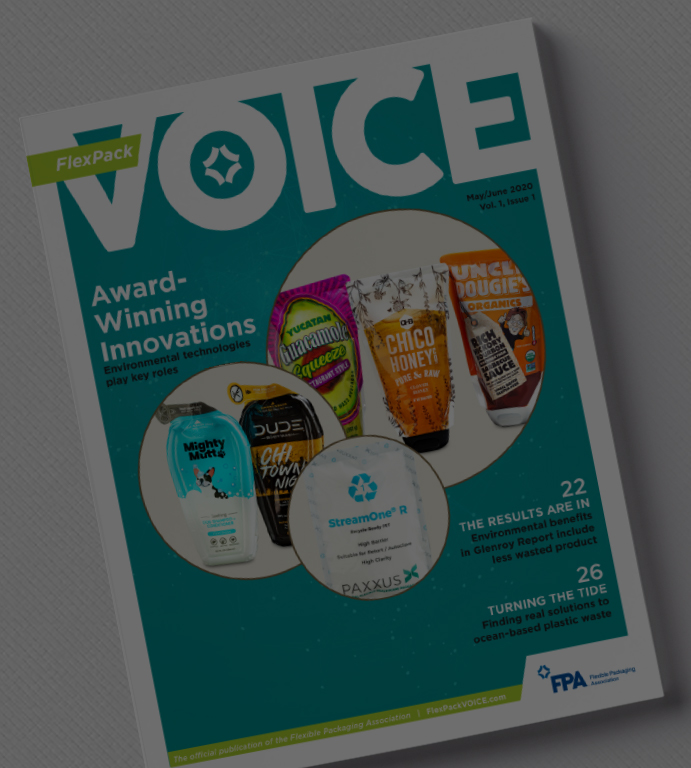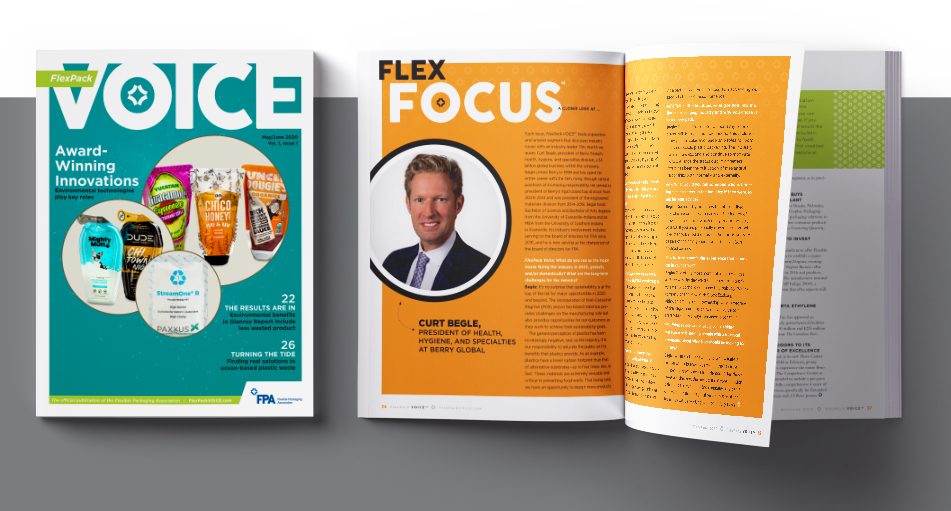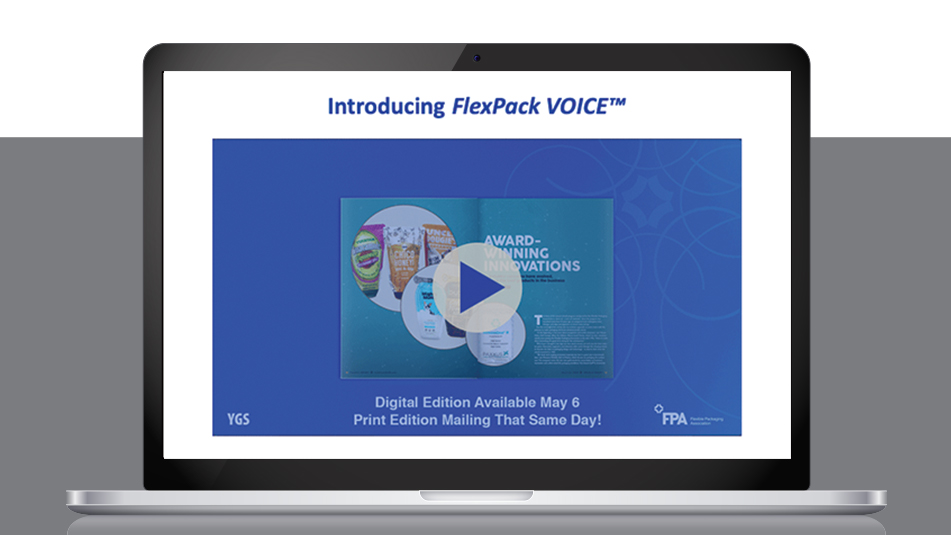Craig Lauer, YGS director of content strategy, and Sam Hoffmeister, senior managing editor, shared insights on how to maximize the value of your content with association executives and experts during a 45-minute solutions chat. In this post, we share excerpts from our conversation and invite you to follow up with any questions or comments at content@theygsgroup.com.
Sam:
We know that delivering great content is so important in delivering value for members. So, Craig, tell us about the true value of a content strategy.
Craig:
Content strategy can mean different things to different people and the terms gets tossed around sometimes. But simply put, content strategy is a way to ensure that all the content you’re delivering is meaningful, works together in a cohesive way, and is created using methods that can actually save you time and money and offer a significant return on your investment.
We spend a lot of time discussing content challenges with our association partners, and we know that they’re often facing an uphill battle to deliver truly meaningful content that helps members. One of the key ways we help them is by collaborating to develop a smart content strategy of interrelated content deliverables that all work together, that create efficiencies and cost savings in how they’re produced, and maximize engagment with the content among members.
Let’s start with the centerpiece of what we consider to be the strongest approach to content strategy—an association’s publication. And then we’ll expand outward from there to talk about ways to use the content created for the publication to fuel the creation of numerous other deliverables in a way that’s efficient and often less expensive and time consuming than some of the standard approaches.
Clearly, publications aren’t going away, but they are evolving. And that’s a good thing. As we’ve seen again and again in reader surveys, focus groups, and content audits we perform to understand what’s working best and what could be improved, the publication is seen as one of the primary benefits to membership. But especially through the pandemic, we have seen some need for associations to shift gears to figure out new ways to get meaningful content to members and to continue to deliver education, thought leadership, and advocacy.
The pandemic did two things: it upped the need to deliver fast-breaking actionable guidance to members to help them survive and hopefully thrive, and it posed real challenges for delivering this content in a way that was helpful and broke through all the competing noise in everyone’s day-to-day craziness. Magazines can be that calm in the storm. But on their own might not deliver the full scope of what’s necessary.
A smart content strategy of interrelated offerings, often based around the publication, is how some associations rose to the challenges.
Sam:
How can a publication be leveraged as the content needs of members evolve and expand?
Craig:
Every association is different. But there are some best practices that maximize the investment in content by getting the most out of the production of any piece.
Print publications can be used as a central piece of this content hub. They’re great because they offer a deep dive with a longer shelf-life. We sometimes see associations struggling to make the content in the magazine absolutely up to the moment, which sometimes isn’t the right way to approach it. Instead, it’s ideal to use a magazine for what magazines do best. Offer a deep dive, with longer shelf life.
Plus, there’s the tangibility of it—for many associations, it’s really the only tangible member benefit. But how do you fill the gaps between issues? You have to reach people in ways they are increasingly expecting.
Let’s say you have a compelling feature or department in your magazine that offers a lot of overarching insight, but in your quarterly publication cycle, for instance, there’s an opportunity to dig deeper into the subject matter or a particular aspect of the subject matter. Does something from an article warrant a follow-up on an online community, or on social? Maybe those follow-up pieces become podcasts, videos, blog posts, or newsletter content.
Newsletters with content spun off from the pub, deepening and expanding coverage that’s up to date, pointing to related blogs on the website or a standalone news site with content categorized, tagged, searchable, with promotion of related content. Speaking of promotions, these can offer great sponsorship and advertising opportunities to underwrite the production of this content.
Microsites, news sites, and blogs with expanded coverage from the magazine giving people a reason to return again and again. Perhaps featured articles called out on the main website to drive additional traffic, increase SEO for the primary website, and show prospective members the value of membership. And maybe show advertisers the value of advertising.
Podcasts aren’t as expensive or difficult to produce as some might think if you go about it the right away. Podcasts can also include video if it’s something members would benefit from.
Sam:
You and I are currently producing a podcast series for a client, and while it isn’t simple, we created a super-streamlined process. And the ability to share some of these stories, which are emotionally riveting, goes beyond what the print article does. That print article is great, too, and offers the facts and part of the story and is good on its own. But then people can scan the QR code and launch the podcast to bring the stories to life.
Craig:
I know. They’ve been really great, and I know how much we look forward to producing each one. And we figured out how to do it in a way that works with their budget by multi-purposing content. On their own, they can take a lot of time, but when you also get a print story out of it, and an article for a newsletter and blog a post, and social media content, and also promote conversations in an online forum for people to discuss, you’ve taken one project and turned it into multiple projects without one cannibalizing the other and in a way that brings the cost and effort down significantly for producing each one on its own.
Sam:
Yes, I think a good example would be coverage of a regulatory or legislative issue. You lay out your stance from an advocacy standpoint in an industry news section of your magazine or a president’s message, but you may want to call attention to it further or spark some member discussion on that topic in the weeks or months between print cycles. Perhaps there’s a vote surrounding a certain issue that you want to make members aware of. So what you’ve provided in the print publication serves as that basis from which you can expand in a more immediate outlet—your newsletter, a blog post, a podcast episode. You can set that topic up for further discussion in your online community or on social media. All of those possibilities coming from one article in your publication.
Craig:
Exactly right. You have an article, and that opens the door for more way to deliver content to members from all angles, and by having an informed strategy and a purposeful content calendar, you can achieve this fluidity and consistency to what you’re delivering.
Sam:
Regarding social media, let’s talk about effective strategies for associations.
Craig:
It always depends on the goals of the social media, of course, but most people would agree that member engagement is the overarching goal, along with member retention, advocacy, and networking. An association’s social media footprint can be its own publication, in a way, and can be managed in the same way. Not by replicating content, but by offering content in a different format and context. Pulling out bite-sized actionable nuggets people can check in on day to day. Promoting a podcast or webinar, say. Sharing a key takeaway from the webinar or podcast. Sharing a quick video.
Sam:
So, you just mentioned a content calendar, which is a super important cog in this content machine from a process and efficiency standpoint. We’ll get back to that in a moment, but first, in talking about all of these different content channels through which you can engage your members, what do you suggest for associations to best understand how their members are consuming content?
Craig:
We know we’re talking to people who are already delivering valuable content. But, someti mes, there’s a disconnect in maximizing member engagement. That’s why I always suggest doing a content audit, evaluating what’s been delivered and any available metrics, developing a key findings report. The content strategy is really informed by that true deep-dive content audit.
Sam:
Now, as promised, we’re back to the content calendar, which is such an important part of implementing an effective content strategy. So, Craig, talk a little bit more about why that is?
Craig:
Creating a content calendar can be key to maintaining all these pieces in a way that lets you maximize their value, again by multi-purposing content, creating content that speaks with the same voice, that doesn’t repeat but expands on and deepens content, helping you to reach all different kinds of members in a way that works for them.
We’ve learned how differently different people engage with content. Some visual. Some text. Some audio. Some long form. Some short form. Some technical deep dives. Some user-friendly and simplified at-a-glance guidance. All of it is beneficial, as long as it reaches member in the right time and place. And offers them what they need, which can evolve over time and so needs to be evaluated and tweaked.
An editorial calendar to keep all content in harmony, cross-purposing content, cross-promoting content, pushing members back and forth among them. It also can serve as a kind of content dashboard if it’s created properly. We’ve created content calendars that offer all the users of it the ability to see what all is in development, who the writers and contributors are, when and where it’s running, so it’s super easy then to be able to cross-purpose and cross-promote this content.
Sam:
We use them all the time with our partners and they do help to keep things running smoothly and efficiently. Let’s just take some time to underscore some of the main points…
Craig:
Yeah, it might seem like a lot, but it’s actually simple, systematic, and logical when you break it down.
You start with an audit to assess your current content landscape and assess, objectively and honestly, what’s working and what maybe is no longer working as well. And from the audit, a content strategy that considers what content delivery vehicles and frequency make the most sense to deliver critical information. And creating a content dashboard and calendar.
As part of that content strategy, determining the ideal frequency and lineup of the publication to deliver a deep dive into critical topics, delivered in a tactile way to members, supported by a microsite or news site and newsletters with expanded content to fill the space between publications, with additional spinoff pieces such as podcasts and videos, produced by multi-purposing and cross-purposing content you’re already producing. All pushed out through and feeding your social media footprint to keep members engaged. And there are online communities, too, to enable members to connect synchronously and asynchronously, using content you’re producing as talking points for members to discuss, and offering ongoing insights to inform the creation of new content that can actually make creation of next month’s content easier and quicker.
Q&A
We received multiple questions from attendees to our chat. Do you have any follow-up questions? The content team would be delighted to speak with you!





